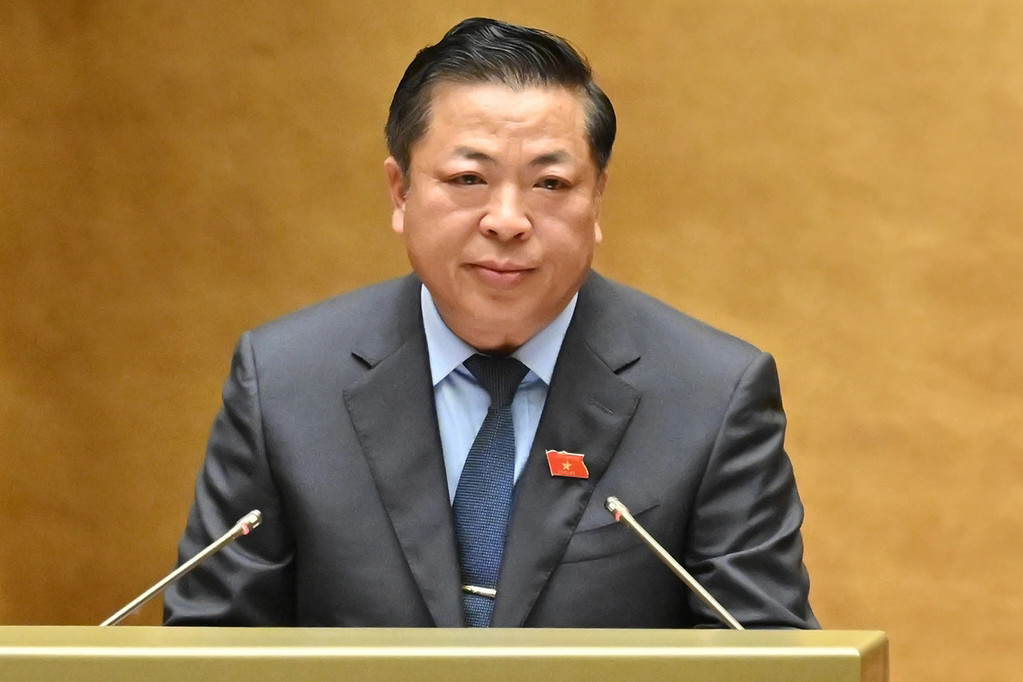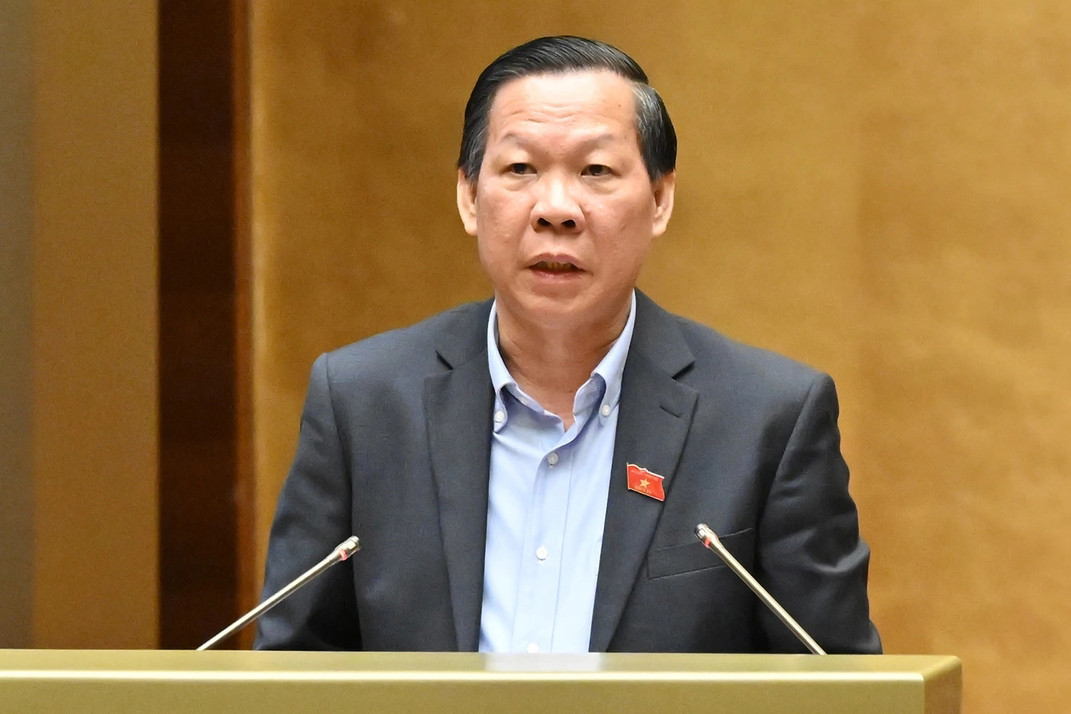The National Assembly’s Economic and Financial Committee has broadly agreed to increase the total investment of the Bien Hoa - Vung Tau Expressway project (phase 1) by over VND 3.7 trillion (approximately USD 146 million), but has also called for a thorough explanation of the causes and for identifying the responsible agencies, organizations, and individuals.

This morning, Minister of Construction Tran Hong Minh, on behalf of the Prime Minister, submitted to the National Assembly a proposal to adjust the investment policy for the Bien Hoa - Vung Tau Expressway (phase 1), including a request to raise the total project investment from VND 17.837 trillion to VND 21.551 trillion (an increase of VND 3.714 trillion or about USD 146 million), as well as the investment policy for the Quy Nhon - Pleiku expressway.
Investment for Bien Hoa - Vung Tau expressway increases by over VND 3.7 trillion
Minister Tran Hong Minh explained that the increase in total investment for phase 1 of the Bien Hoa - Vung Tau Expressway was due to several factors that arose during project implementation, affecting the component projects already approved by the Ministry of Construction and the People’s Committees of Dong Nai and Ba Ria - Vung Tau provinces.
In particular, costs for land compensation, support, and resettlement surged, with the latest estimate exceeding VND 9.8 trillion (USD 385 million) – more than VND 3.2 trillion (USD 126 million) higher than previously calculated.
According to the minister, the change in compensation unit prices led to an increase of VND 539 billion in Dong Nai and VND 2.688 trillion in Ba Ria - Vung Tau at the time of land acquisition, making this one of the key reasons for the budget hike.
Construction costs also rose by more than VND 480 billion (USD 19 million) over the original estimate of about VND 11.7 trillion.
Justifying the increase, Minister Minh cited fluctuations in prices for construction materials, labor, and machinery compared to the period when the project documents were prepared. He also mentioned design optimizations made to better fit real-world conditions and the addition of items such as a new traffic control station and new interchanges.
Regarding the proposal to adjust the investment policy, Phan Van Mai, Chairman of the Economic and Financial Committee, agreed with the necessity of the change as stated in the Government’s submission.
However, the committee asked the Government to “further clarify the objective and subjective causes and identify the responsibilities of relevant agencies, organizations, and individuals for inadequate investment preparation, which has led to increased compensation, support, resettlement, and construction costs beyond the preliminary total investment already approved by the National Assembly.”
Quy Nhon - Pleiku expressway to have four lanes, completed by 2029

For the Quy Nhon - Pleiku expressway project, Minister Minh stated that road transport remains the primary means of connecting Gia Lai and Kon Tum provinces with Binh Dinh and the South Central Coast.
“Waterway transport is not feasible, rail transport is ineffective due to terrain differences and high costs, and air transport mainly serves long-distance passenger travel between the North and South,” he emphasized.
The expressway is planned for implementation between 2025 and 2029. It will be built with four lanes, a design speed of 100 km/h, starting at National Highway 19B in An Nhon Town, Binh Dinh Province, and ending at the Ho Chi Minh Road in Pleiku City, Gia Lai Province.
The total length will be about 125 km, with approximately 40 km running through Binh Dinh and 85 km through Gia Lai.
During evaluation, Chairman Phan Van Mai noted that under the plan to consolidate provincial administrative units, Binh Dinh and Gia Lai may be merged into a single province named Gia Lai. If so, the entire expressway would lie within the boundaries of one province.
Additionally, due to the complex terrain and high technical demands of the project, the drafting agency was urged to clearly define the principles and criteria for dividing component projects to ensure consistency with the provincial merger plan and the administrative capacity of local authorities.
The committee also emphasized that “nationally significant projects must be reported to competent authorities before submission to the National Assembly.” Therefore, it recommended the Government urgently consult with higher authorities to secure approval before formally presenting the project to Parliament.
The Vinh